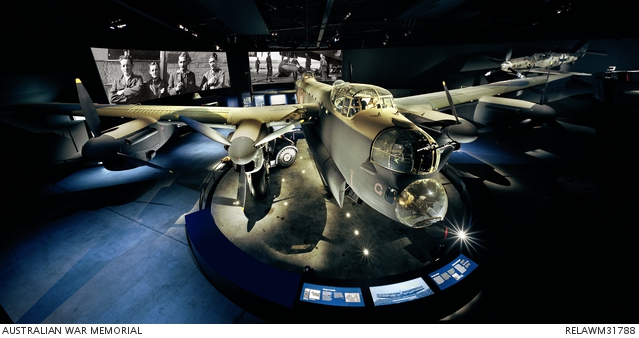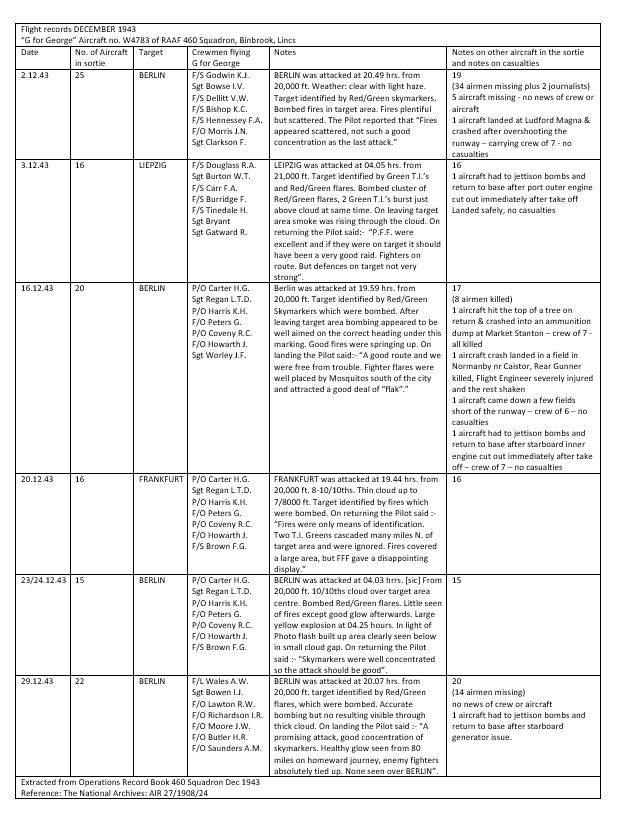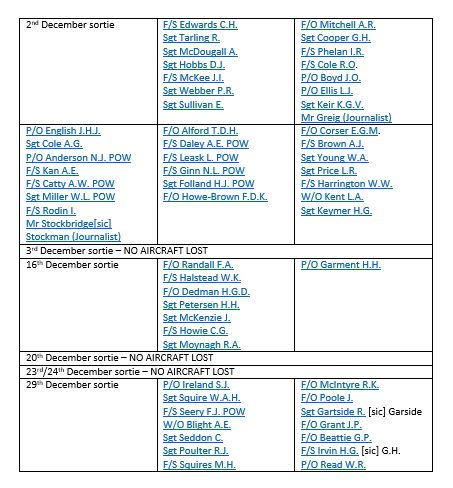G for George (Lancaster Bomber) Striking by Night exhibition
In January 2004, when travelling in Australia, I was lucky enough to get a job at the Australian War Memorial in Canberra, observing people as they looked around the newly opened exhibition Striking by Night featuring the famous Lancaster Bomber, G for George. I was also interviewing people as they left the exhibition and it was three such interviews which have inspired this blog post and the following one.
As way of background it is important to explain a little about the Australian War Memorial and the significance of G for George as an aircraft. The Australian War Memorial was opened in 1941 in Canberra and it stands in a commanding position at one end of Anzac Parade. There is an uninterrupted view from the War Memorial building across Lake Burley Griffin to Parliament House and of course in the other direction. I visited Parliament House, I was told that the view from the balcony at Parliament House was specifically designed so that the politicians can clearly see the Australian War Memorial as a constant reminder of the sacrifice of previous generations of Australians. I don’t know how true that is, but it’s a good story.

Photo by Aditya Joshi on Unsplash
In 2004, the newly restored Lancaster Bomber, G for George and three Messerschmitt 109s were put on display as part of a brand new hourly sound and light show, depicting a bombing raid over Berlin in December 1943. G for George was flown, mainly by Australians from the RAAF, serving in 460 Squadron out of RAF Airfield Binbrook, Lincolnshire between 27 October 1942 and 22 April 1944. George flew 90 sorties over Germany, after which the plane was retired and sent to Australia to be put on display at the then, recently opened Australian War Memorial.

The new display in 2004, attracted many visitors and my role was to observe what they were looking at and then conduct interviews (if they agreed) on what they thought of the exhibition. During that 6 week period, I was lucky enough to meet and speak to 3 RAAF veterans who had flown in G for George. For all of them, the exhibition brought back memories, and all three had gone on to fly in another very special mission, later in the war, which will be the subject of my next blog.
So, if your ancestor was an airman in the Second World War, or you are interested in a specific squadron or aircraft, what can you find out?
It is already possible for next of kin (or the serviceman themselves) to obtain the Service Records for those who served in the RAF (and in the other UK Armed Services) during the Second World War as long as their service ceased at the end of the war. To obtain these you need to approach the Ministry of Defence and indeed now anyone can obtain a record as long the record belongs to a person who has been dead for a minimum of 30 years (proof of that is required).
However, if you are aware of the Squadron in which someone served, it is possible to obtain a considerable amount of information from the Operations Record Books which are available at The National Archives located at Ruskin Avenue, Kew, London, UK under Record set AIR 27. Additionally, these have been digitised and if you attend the Archive (which is currently shut) it is free to access and download these same records. If you are unable to visit, you can instead buy a download of each record for £3.50 from home, however for registered users, this fee has been waived due to the closure of the site during Covid-19 pandemic restrictions.
The aircraft number for G for George is W4783, assigned to 460 Squadron and the Operations Record Books for this squadron are available. I searched for December 1943 as that is featured by the display at the Australian War Memorial. I wanted to find out more about the bombing raids over Berlin that George had been part of and crucially the names of the crew on each of these sorties.

The above extract is the detail of merely one aircraft in one squadron over one month and so you can see the wealth of information that can be found.
My next step was to try to find out details of the airmen who were missing or killed during this month from this Squadron and for that I turned to the Commonwealth War Graves Commission database. For those missing from this database, I then looked at FindMyPast (subscription required) which has record set “Prisoners of War 1715-1945” and searched for the others.

Lest we forget – Anzac Day 2020.
